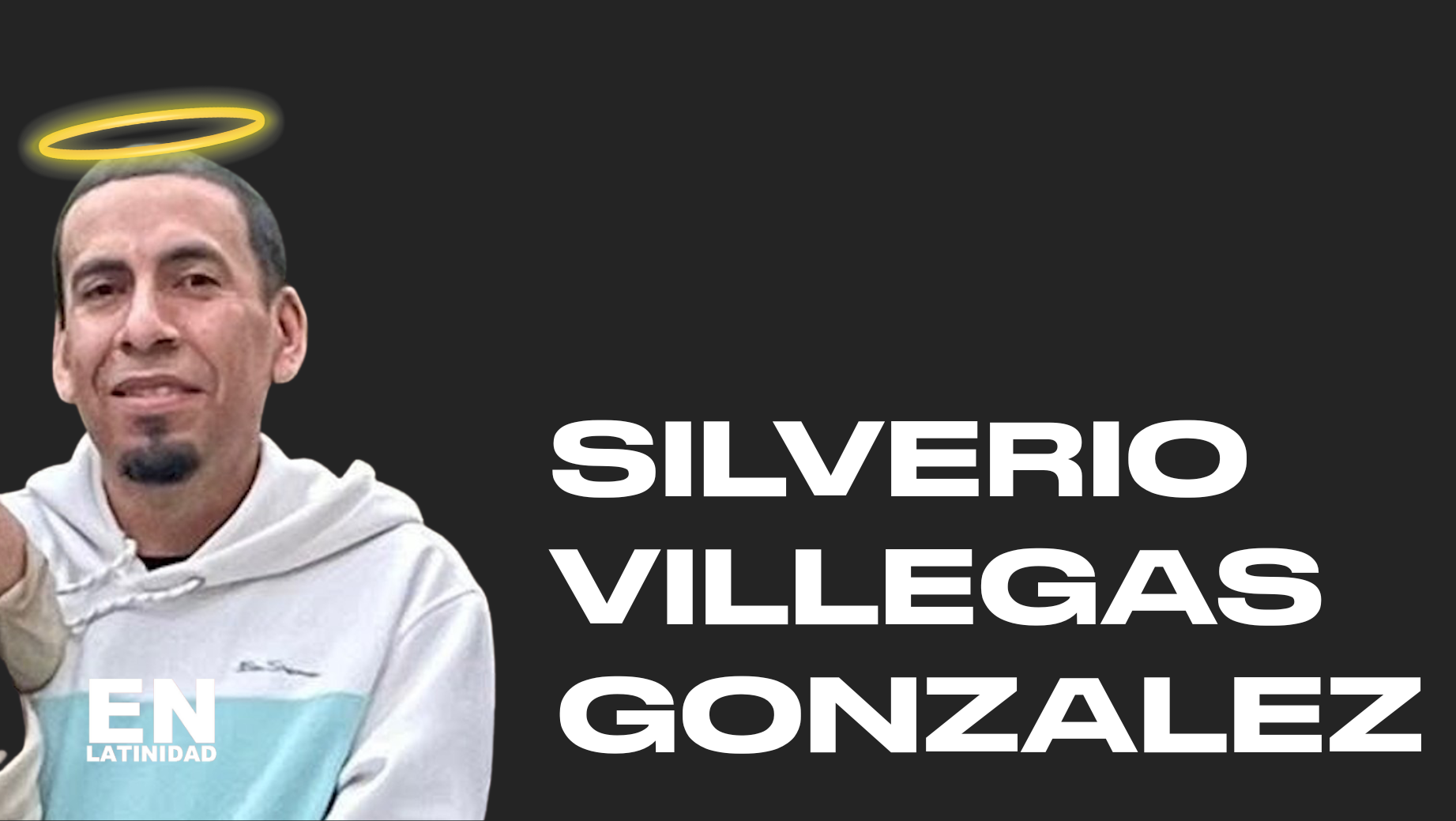Sanctuary Cities Defy National ICE Sweeps as Killing of Father Silverio Villegas González Sparks Outrage and Calls for Accountability
Trump is on a rampage. In 2025, the federal government has launched an aggressive nationwide crackdown on undocumented immigrants under the banner of mass enforcement “sweeps.” One such campaign—dubbed Operation Midway Blitz—has focused on key metropolitan areas, expanding ICE deployments and pushing local law enforcement to assist or at least not obstruct. The intention is clear: to break sanctuary protections and compel cooperation at all levels of government.
Yet these efforts have collided with resistances across U.S. cities and states claiming sanctuary status or resisting federal overreach. Municipalities from Chicago to Boston, Seattle to Los Angeles have publicly pushed back—issuing executive orders, passing local ordinances, and mobilizing protests to defend immigrant communities.
Chicago has become a centerpiece of this clash. Under Operation Midway Blitz, ICE has intensified enforcement operations in the Chicago area, including suburban zones like Broadview and Franklin Park. In October 2025, Mayor Brandon Johnson signed an executive order explicitly prohibiting federal agencies from using city property for civil immigration enforcement.
Chicago’s resistance is not new. Efforts earlier in the year by conservative council members and Illinois Republicans to loosen Chicago’s sanctuary protections—to allow police to collaborate with ICE—failed. But the heightened federal pressure is escalating the stakes. Advocates argue that when ICE raids occur at school drop-offs, churches, or workplaces, it suppresses the most basic civic participation and leaves communities in fear.
Further north, Boston has also become a battleground. The city’s “Trust Act,” which limits cooperation with federal immigration authorities, has drawn sharp criticism from federal officials. In response to Mayor Michelle Wu’s refusal to rescind sanctuary protections, ICE’s acting director has threatened to “flood” Boston with agents.
In Seattle, Mayor Bruce Harrell has taken proactive steps: he issued executive orders guaranteeing that the Seattle Police Department would remain under local control and would not operate under direction from National Guard or federal authorities. He also prohibited federal immigration operations on city property.
These municipal moves reflect a broader constitutional and normative debate: does the federal government have the right to force local jurisdictions to enforce immigration law, or is that a usurpation of local authority? Legal scholars have warned that aggressive federal attempts to penalize sanctuary jurisdictions may violate the constitutional separation of powers and federalism principles.
Into this clash steps a tragic case that has seized national attention: the death of Silverio Villegas González, a 38-year-old undocumented immigrant and father of two, who was shot and killed by ICE agents in a Chicago suburb on September 12, 2025.
According to DHS, ICE officers were conducting a vehicle stop in Franklin Park (a suburb of Chicago). They say Villegas resisted arrest, attempted to flee, and dragged an ICE agent with his vehicle. The agent was allegedly injured and in stable condition; fearing for his life, the officer discharged his weapon, striking and later killing Villegas.
But the official version has been challenged. Surveillance footage, bodycam video, and witness statements depict a more contested narrative: agents approached Villegas’s car, tried to open doors, and force entry. Villegas then attempted to back away. Local activists and leaders say the shooting occurred mere moments after Villegas had dropped his children off at school and daycare — turning a routine school drop-off into a death sentence.
One neighbor told The Guardian:
“So right now, the community is a bit scared about ICE and the military operations here … Once it happens, you’re in shock, you can’t believe your eyes.”
At a vigil, mourners called for full disclosure. Gov. JB Pritzker has demanded a “full, factual accounting” of the incident. The Mexican government has also formally requested a thorough investigation.
Illinois U.S. Rep. Delia Ramirez, whose district includes the area, condemned the killing, saying a traffic violation “should never amount to a death sentence.”
The case has resonated sharply with immigrant communities nationwide. Many see Silverio’s killing as a vivid symbol of how aggressive enforcement sweeps can escalate into death—especially when they target vulnerable individuals doing everyday tasks like dropping off their children. The violent dimension of enforcement amplifies fear and undermines stability for families.
Silverio’s death is a stark warning of what can unfold when federal enforcement meets sanctuary resistance. The tension is no longer abstract: it is literal, violent, and lives are at stake.
First, there is growing pressure on sanctuary jurisdictions to harden their protections. The federal government is threatening to withhold funds, deploy the National Guard, and litigate against cities. But many city leaders see such efforts as constitutional overreach and political coercion.
Second, the case complicates the narrative of “law and order” often advanced by enforcement proponents. If a man with no serious criminal record can be shot and killed shortly after a school drop-off, questions arise about proportionality, due process, and accountability.
Third, it elevates strategic urgency for sanctuary‐minded municipalities. Some cities might double down—issuing more robust ordinances, codifying noncooperation, resisting federal demands on local police, and reinforcing legal and civic support networks for immigrants.
Finally, bold, tragic as it is, Silverio’s death invites a larger conversation on ethics, power, and structural inequality. Immigrant communities and their allies are likely to escalate mobilizations—through protests, lawsuits, media campaigns, and coordinated municipal defiance.
The national ICE sweep approach is pushing the boundaries of federal enforcement authority. Cities claiming sanctuary status are mounting one of the most sustained forms of resistance in recent years. And the awful killing of Silverio Villegas González has transformed this policy struggle into a visceral ethical crisis. His story demands accountability, justice, and deeper reflection on how a society balances security with human rights.





Leave a Reply
You must be logged in to post a comment.